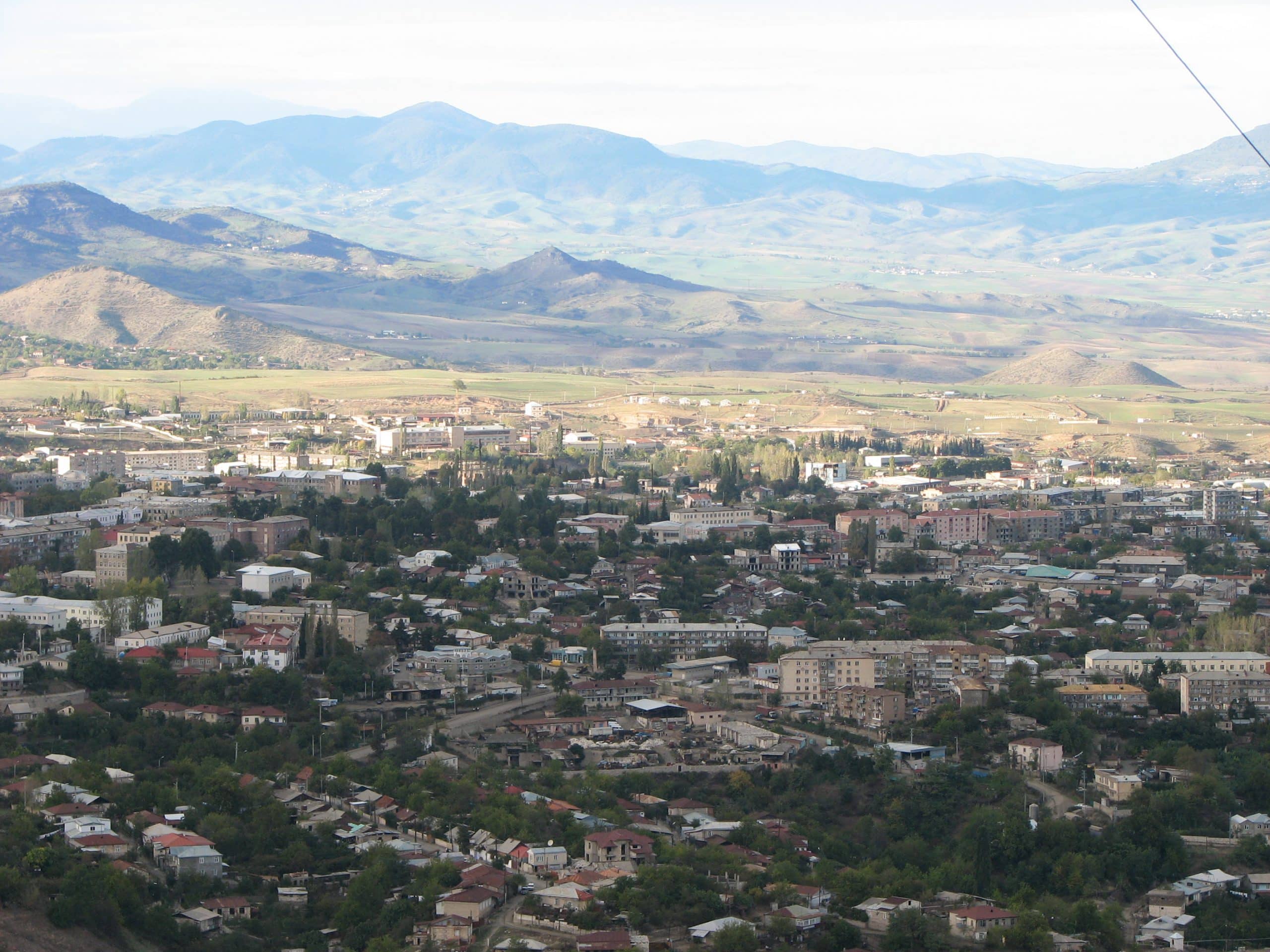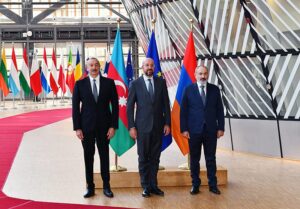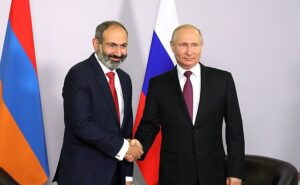Late on November 9th, Azerbaijan and Armenia signed a Russian-brokered deal to halt the military conflict over the region Nagorno-Karabakh. This came after weeks of fighting, resulting in more than 1,000 deaths, and several collapsed cease-fires. It ended military action and restored relative calm to the region. The agreement came after Azerbaijani forces took Nagorno-Karabakh’s second city, Shushi, which is only 10km away from the region’s main city Stepanakert.
What does the agreement entail?
The deal, signed during the night on November 9th, has nine points. With the agreement, Azerbaijan will keep territory in Nagorno-Karabakh and surrounding areas captured during the conflict. It also calls for Armenian forces to hand over the areas it held outside the borders of Nagorno-Karabakh. The Lachin region is also forfeited by the Armenians, except for a 5-kilometer wide area called the Lachin Corridor, connecting Armenia to Nagorno-Karabakh. Shushi was also handed over to Azerbaijan. 2,000 Russian peacekeeping troops will patrol the frontline and protect the Lachin Corridor. The first Russian troops arrived in Armenia on November 10th.
Unrest in Armenia
Armenian Prime Minister Pashinian announced the agreement in a Facebook post, stating that the deal was the best possible solution for the current situation and that signing the truce was “inexpressibly painful.” Pashinian’s announcement triggered unrest in Armenia, but he defended the decision stating that Armenia’s army had insisted on it. Nagorno- Karabakh’s Armenian leader Haraik Harutyunan also defended the agreement, noting that if they had not agreed to this they could lose the entire region due to Armenia’s weakened military.
Protestors stormed Armenia’s parliament on November 10th, demanding Pashinian to step down. Parliament speaker Ararat Mirzoyan was injured during the protests and hospitalized. On November 11th, thousands of demonstrators took to the streets again, defying martial law which banned rallies, to protest the agreement and call for Pashinian to step down. 17 Opposition parties also called for Pashinian to step down. As police tried to break up the protests, they arrested several people including opposition leader Gagik Tsarukian. Another opposition leader, Ishkhan Saghatelian, gave Pashinian until midnight to resign, otherwise he would present further steps to “solve the Pashinian problem” by the end of the day on November 12th. The government warned the opposition against attempting a “coup” amidst the growing tensions.
Celebrations in Azerbaijan
In Azerbaijan the deal was celebrated, as they will keep control over all the territory they have recaptured since the war reignited on September 27th. Azerbaijani president Aliyev has also stated that Turkish soldiers will join the Russian peacekeepers, but that the details are still uncertain. Turkey has been Azerbaijan’s closest supporter in the conflict and actively participated in the conflict However, Russia has not confirmed that any Turkish peacekeepers will be deployed. Opposition parties in Azerbaijan had varying views of the agreement, with many agreeing that the presence of Russian troops for a longer period of time is not a good development.
Without the Minsk group
Notably, the Minsk group, which has lead diplomatic efforts to solve this conflict for decades, was not a part of this deal. The Minsk group is co-chaired by the US, France and Russia and part of the Organization for Security and Cooperation in Europe (OSCE). With this new deal, Russia will have troops deployed in the region, something that Azerbaijan has tried to hold off. Along with this, the deal has brought western-leaning Pashinian under pressure.
Putin has said he believed the agreement “will create [the] necessary conditions for a long-term and full-fledged settlement of the crisis around Nagorno-Karabakh on a fair basis and in the interests of the Armenian and Azerbaijani people.” Russia now is tasked with implementing the 9-point plan and facilitating the withdrawal of Armenian forces from territories that have been controlled by Armenia.
Sources: Rferl 1, Rferl 2, Rferl 3, Rferl 4, Politico, Aljazeera, Carnegie
Photo: Flickr



